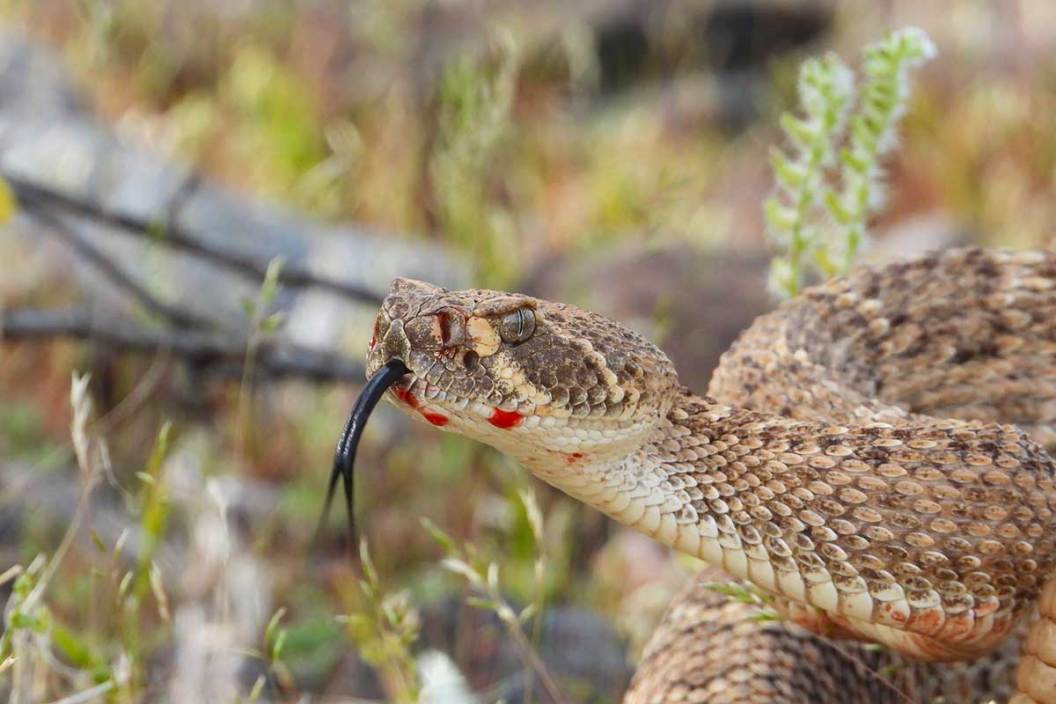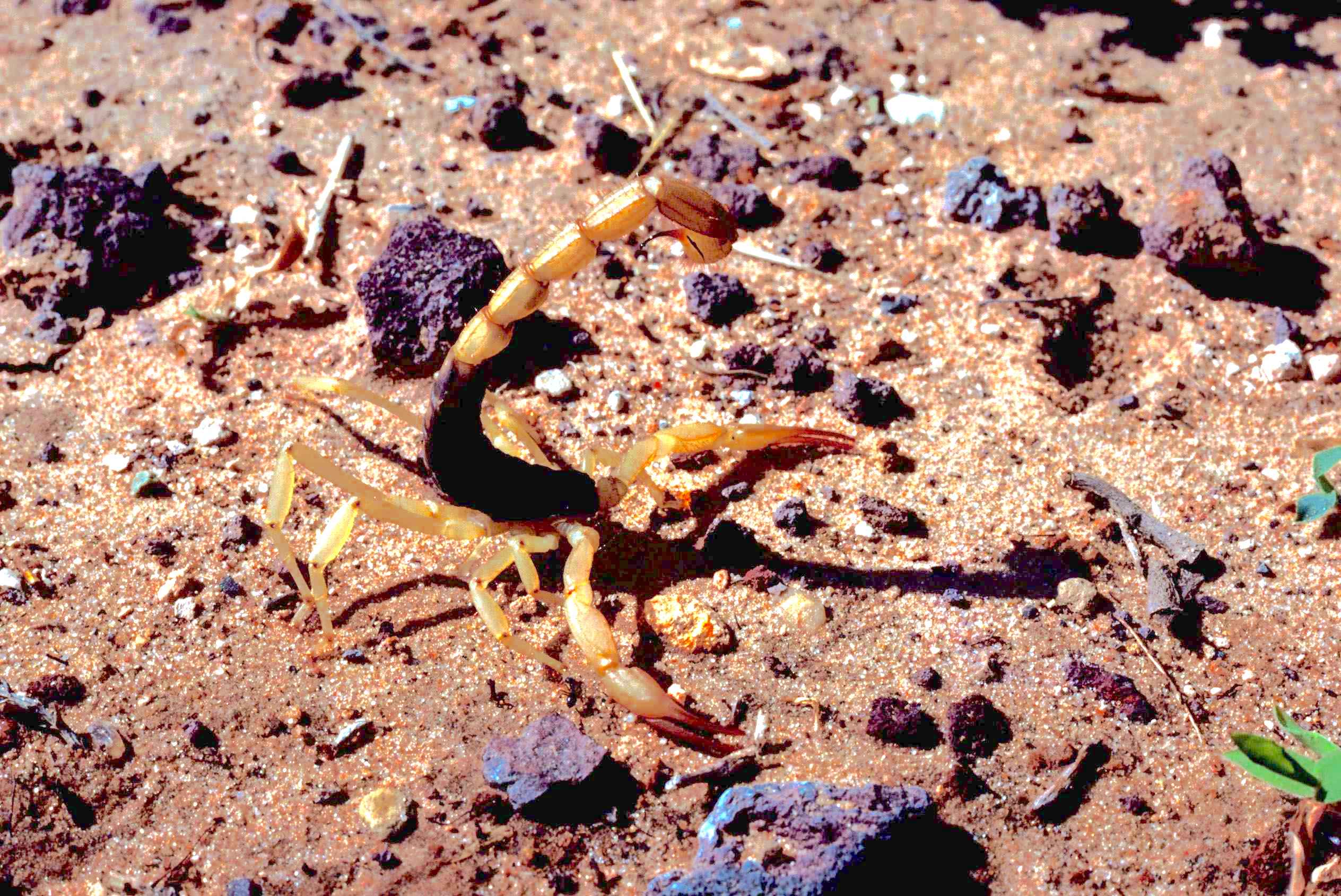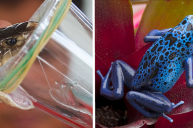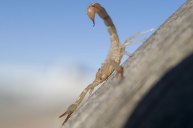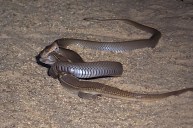The southwestern desert is famous for being a pretty unforgiving place thanks to the extreme weather, lack of shelter, and few resources in case you run into trouble. It's also famous as the home to all kinds of scary critters, whether because of the venom they carry or because they simply appear intimidating as all get out (we're looking at you, Gila monster). Of course, ranking these animals by their dangerousness is subjective based on how common they are, the amount and toxicity of their venom, and the sheer pain they can inflict. Most of these animals have no more interest in meeting you than you do them, but considering the Grand Canyon is one of the most visited tourist attractions in the country, it stands to reason you might run into one or two of these. Maybe you'll be hiking and happen to cross paths with a rattlesnake, or wind up with a scorpion in your shoe outside your tent. Things like that happen in the wilderness! So whether you're hiking the canyon's South Rim Trail, camping in the Sonoran Desert, or rock climbing at Zion, here are a few creatures to be wary of.
Snakes
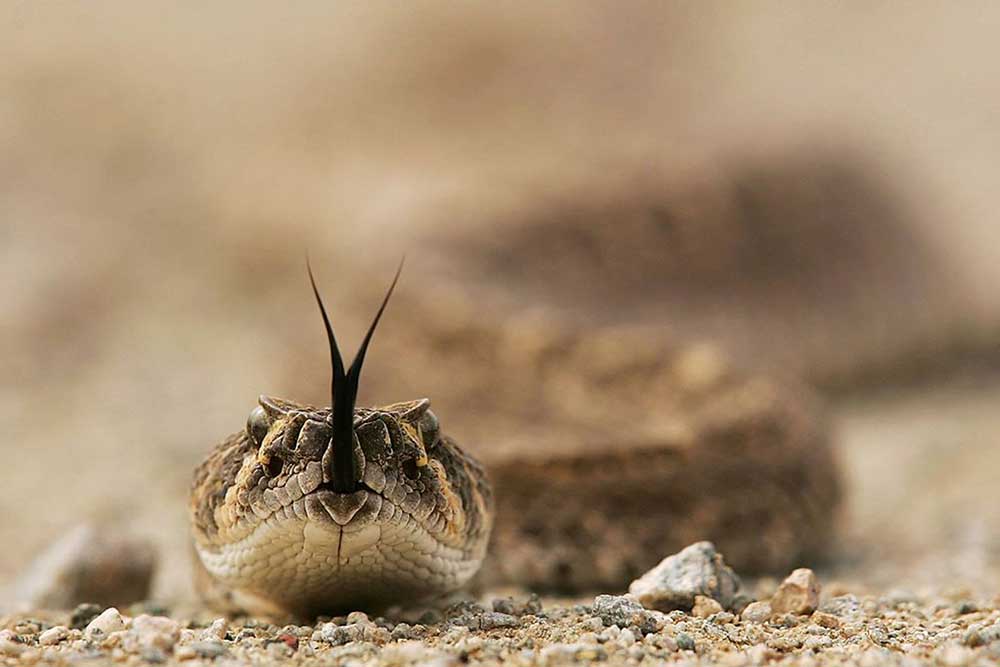
David McNew/Getty
The Mojave rattlesnake has one of the most potent venoms of any snake in the world. Even if not alive, the snake's fangs can contain venom that can cause respiratory failure, difficulty speaking, and muscle pain. Coral snakes are typically found in the Southwest and have some of the most potent venom of all North American snakes. Fortunately they don't pose a huge risk to humans thanks to their reclusive nature and fairly short fangs. The hog-nosed snake has no venom antidote and its bite can cause blisters for a month.
Gila monster
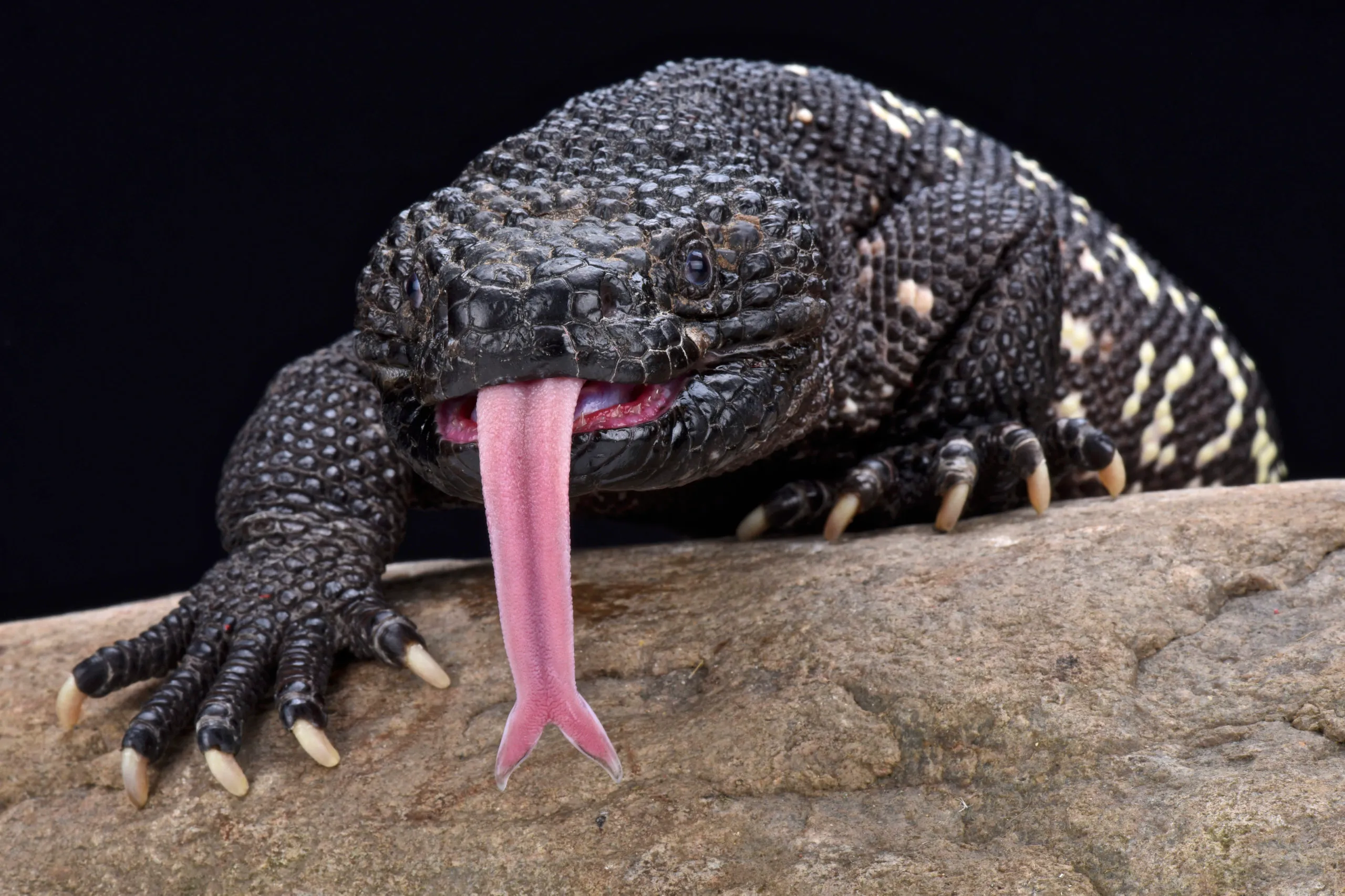
reptiles4all/Getty Images
This big reptile gets its name from the Gila River that runs through Arizona and New Mexico. They're remarkable to look at - but from afar, since their bite is highly venomous. The good news is they don't bite unless provoked and move slowly, so you're unlikely to get that close - unless you want to. The bad news is that provocation includes trying to be a good Samaritan and move one off the road, so just go around it. Gila monsters are known to clamp down without letting go.
Tarantula hawk
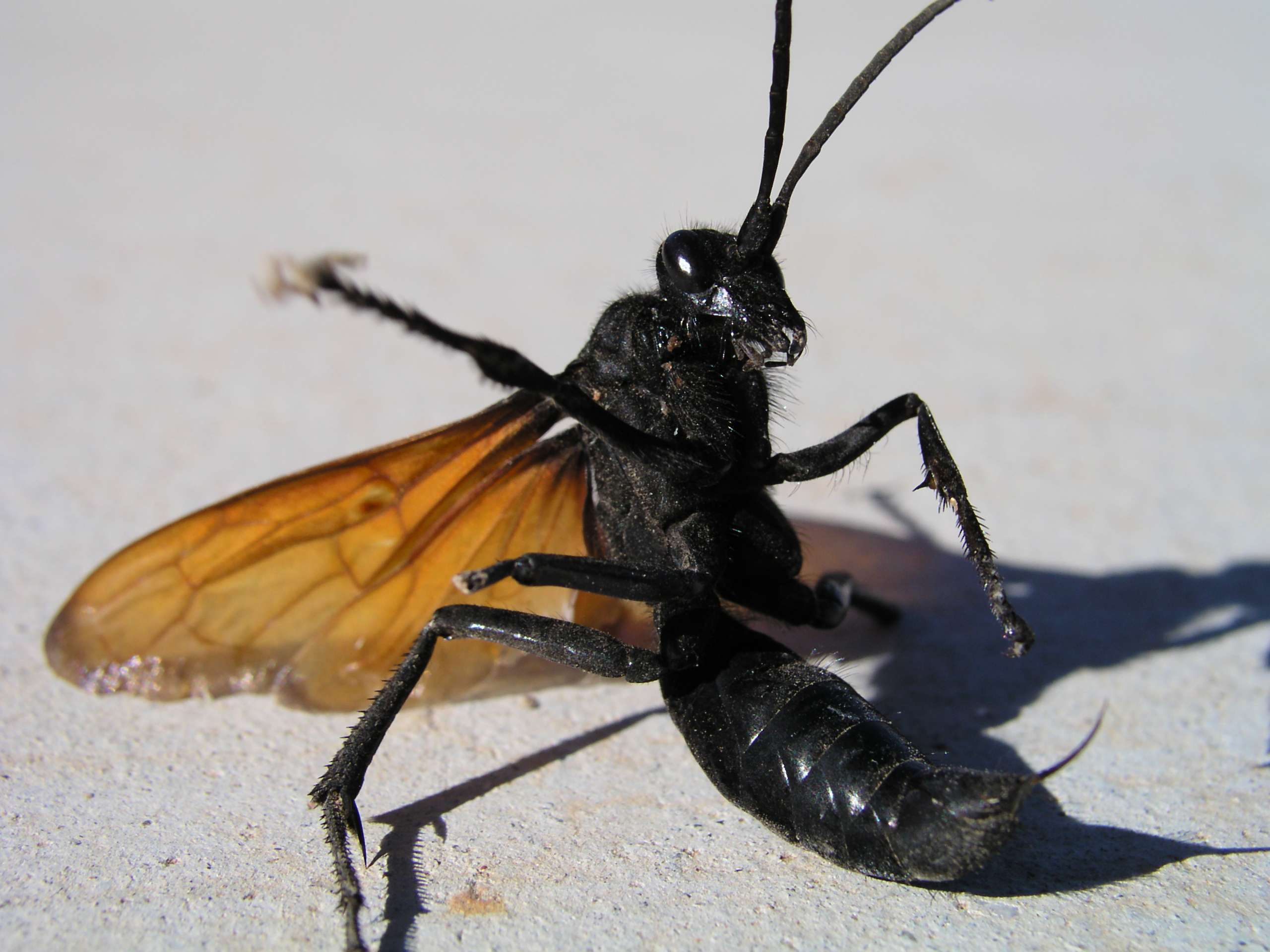
Lokibaho/Getty Images
Imagine being able to battle a tarantula four times your size knowing you'll win just about every time? An elementary school class lobbied for this terrifying, aggressive, two-inch long wasp to become the state insect of New Mexico, with a sting that's at the top of the pain index and will leave you breathless and hunched over for a full five minutes. American entomologist Justin Schmidt, who created a sting pain index that ranks insect venom, calls the tarantula hawk's sting "electrifying, excruciating and totally debilitating" and suggests that if one gets you, just lay down and scream - there's nothing else you can do.
Black bear
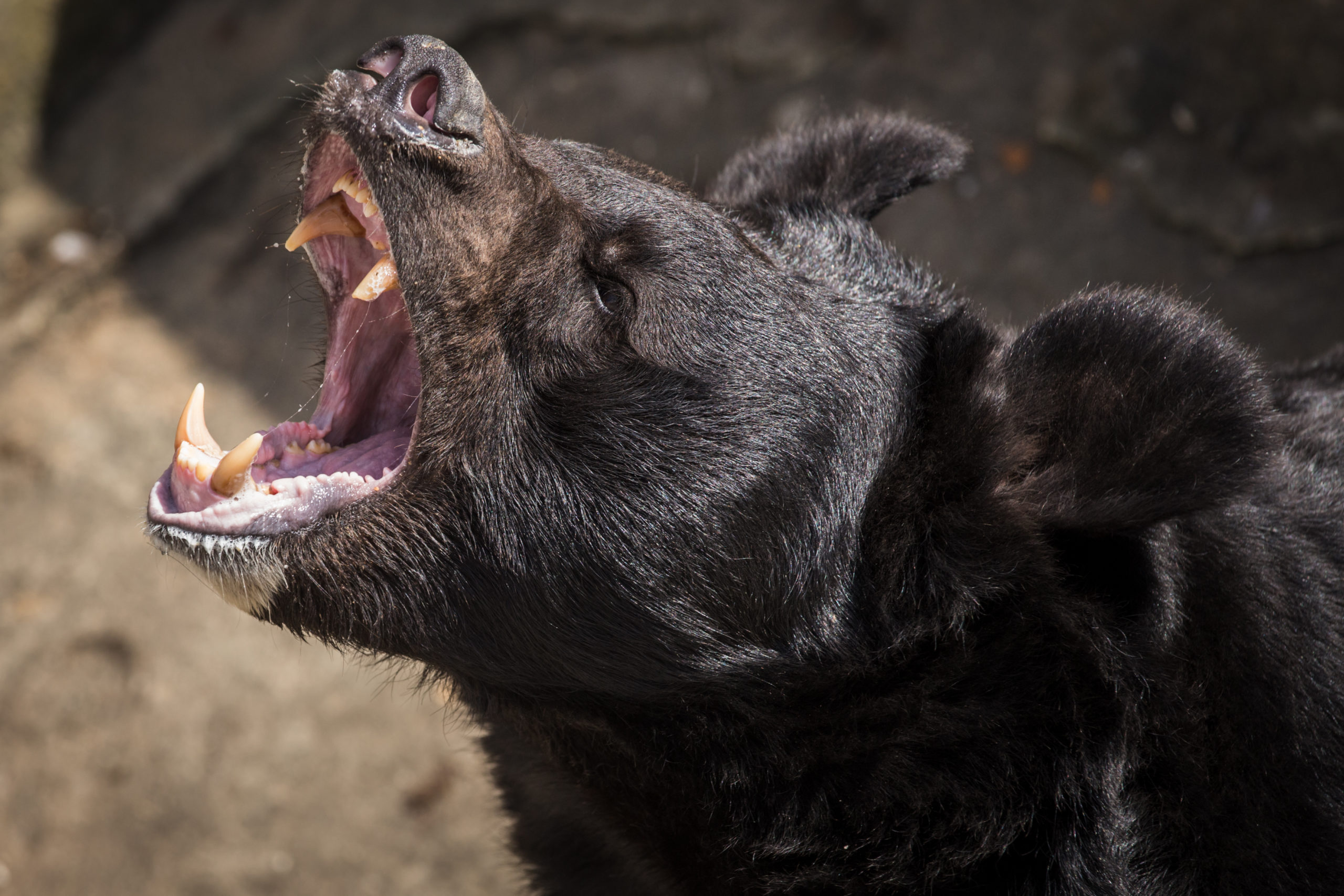
GreenReynolds/Getty Images
The northern part of Arizona surprisingly has one of the highest densities of black bears in the U.S. Generally speaking, bear attacks are pretty rare but encounters are increasing as humans encroach on their territory. They're smart, excellent climbers, and they can run 30 mph. Make sure you know what to do should you ever encounter a black bear.
Giant desert centipede
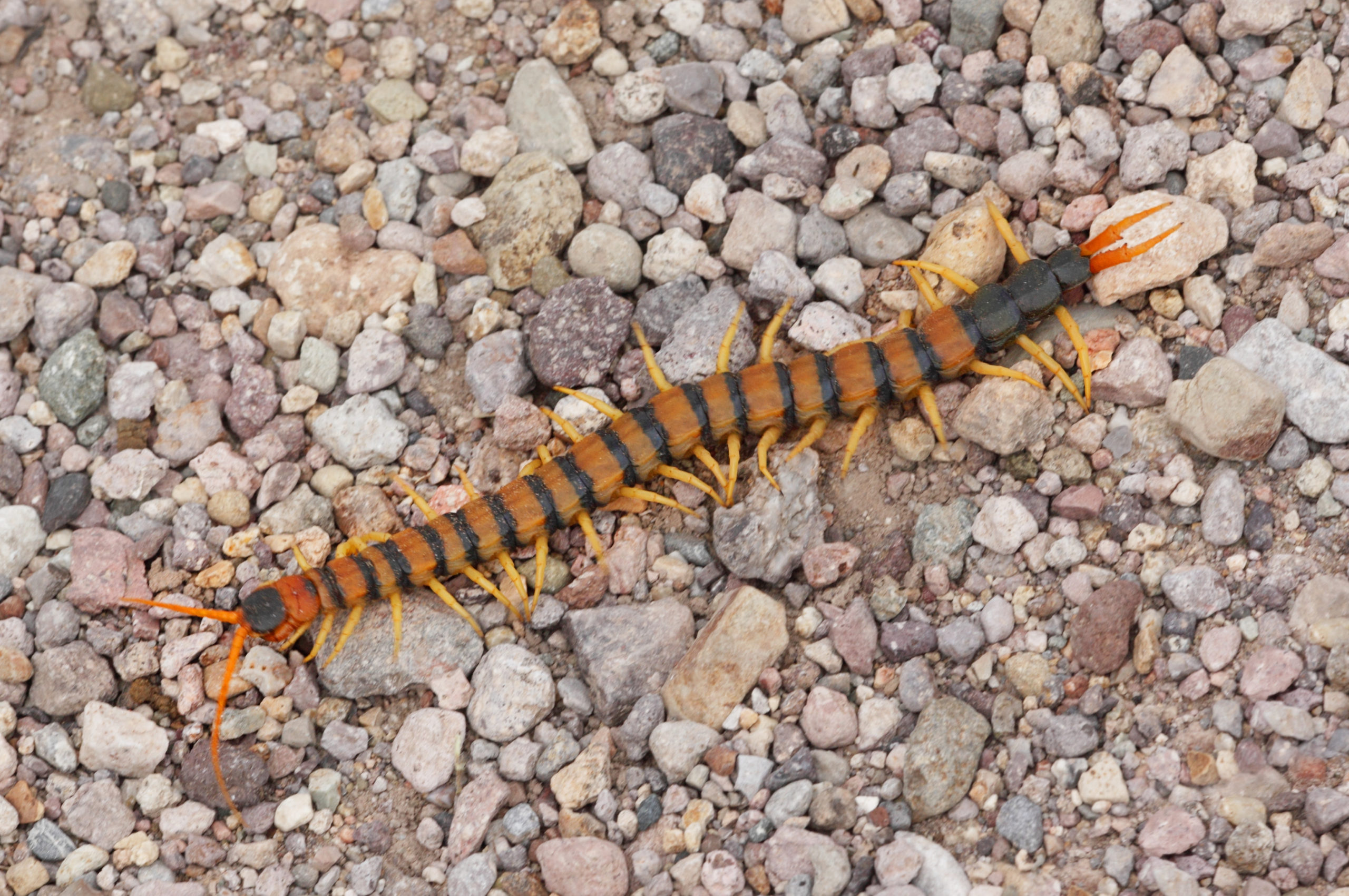
SteveByland/Getty Images
North America's largest centipede resides in the southwest desert, growing up to eight inches with more than 20 wriggly legs. The centipede's toxin isn't known for any fatalities, but is extremely painful and may cause skin necrosis, nausea, and even kidney failure as well as weeks of hypersensitivity where the bite occurred. It doesn't actually "bite" but instead clamps down with a pair of modified legs under its head.
Arizona bark scorpion
Of the 56 species of venomous scorpions in Arizona alone, only one can seriously threaten your health - this one, which is considered the most toxic species in the entire United States. When it comes to scorpions, size doesn't matter. Though only a bit larger than a quarter, the bark scorpion's venom packs a wallop! It's easy to miss these guys, who like to hang upside down on things where you won't see them. Thousands are stung every year and although there are only two noted cases where people lost their lives, the sting will make you pretty sick. Historically this scorpion has been known to be a threat to small children.
Spiders
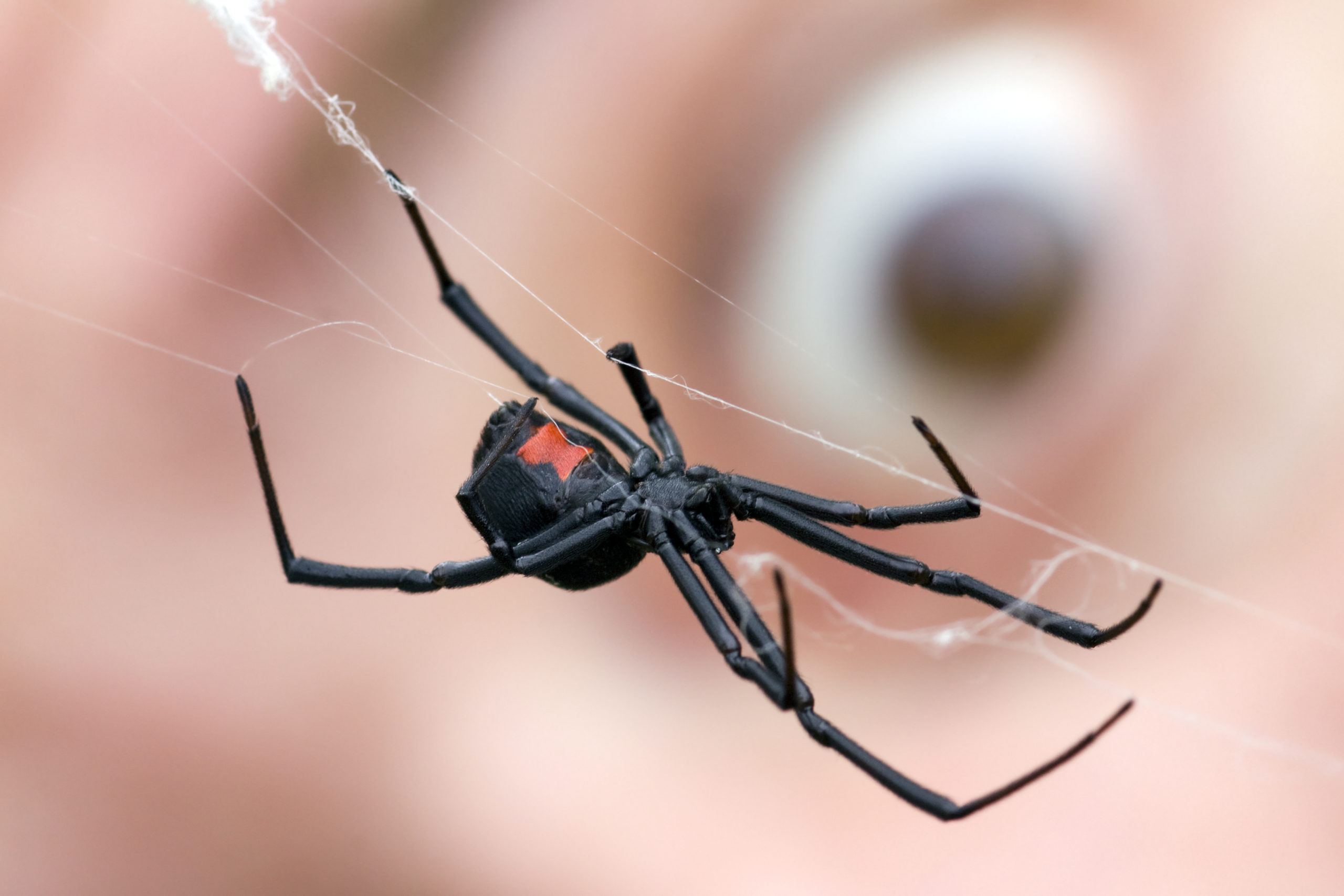
Mark Kostich/Getty Images
Arachnophobes may want to steer clear of the southwestern desert, where 50 species of spider reside, including two of the most dangerous: the black widow and brown recluse. One bite from a black widow, whose venom is the most toxic of any southwestern animal, can cause a trip to the hospital for breathing difficulty, nausea and pain. A brown recluse bite can cause nausea, vomiting, fever, rashes, and muscle and joint pain as well as destroy up to 10 inches of skin at the bite site. Fortunately these keep to themselves and one bite won't kill a healthy adult. Usually.
Africanized honey bee
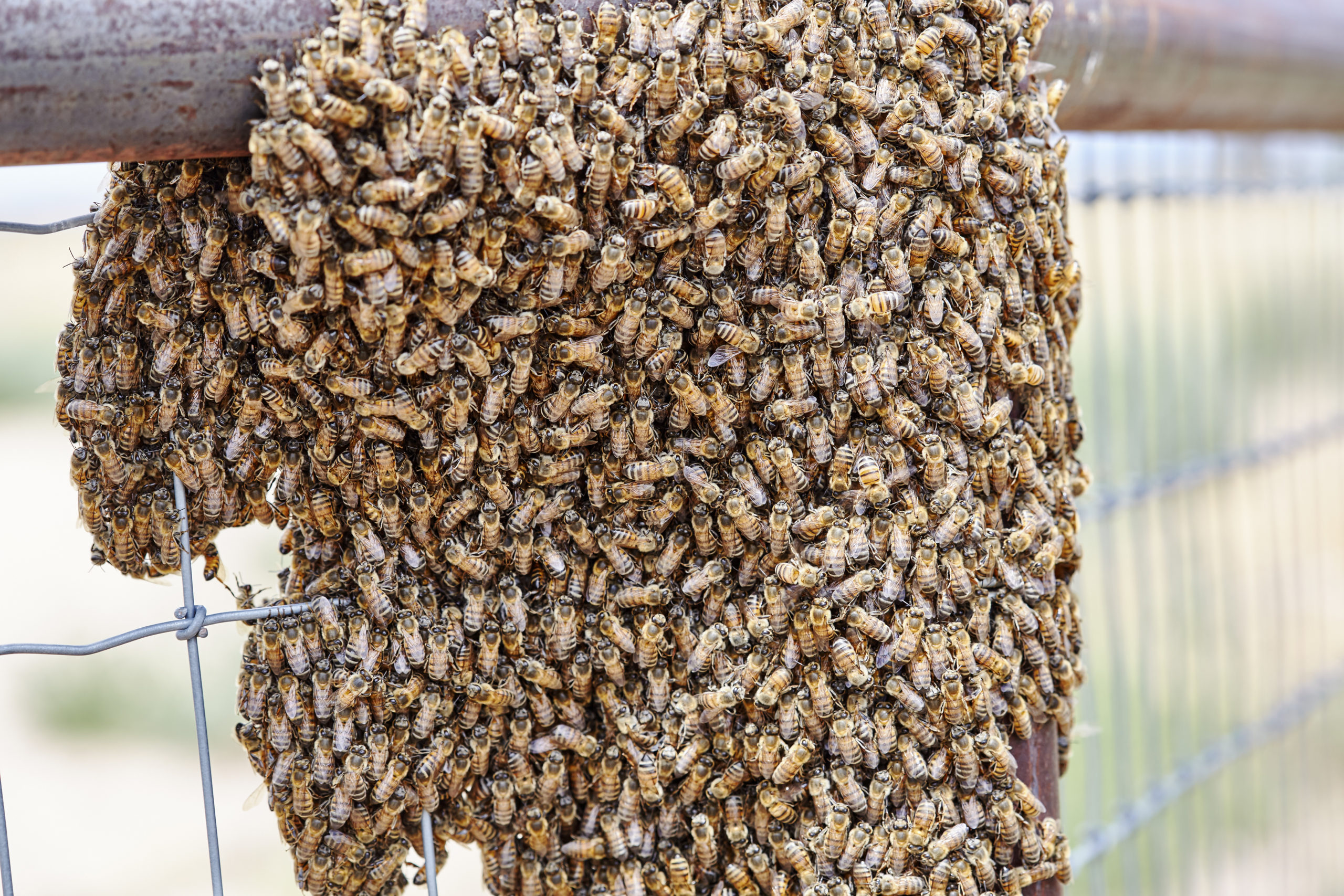
wingedwolf/Getty Images
For the most part, bees will only swarm and sting when they feel their hive is being threatened. The Africanized bee has a more exaggerated defense response, however, and is more likely to attack if it gets agitated. The deadly bee spread from South America across our southern border, and is now found in parts of every southwestern desert state and in all of Arizona. It's estimated that it takes 8.6 stings per pound of body weight to result in a human death. They cause more fatalities, both animal and human, than all the other animals on this list combined! Luckily bees can only sting once, and the sooner the stinger is removed the less venom will be imparted.
Sonoran desert toad
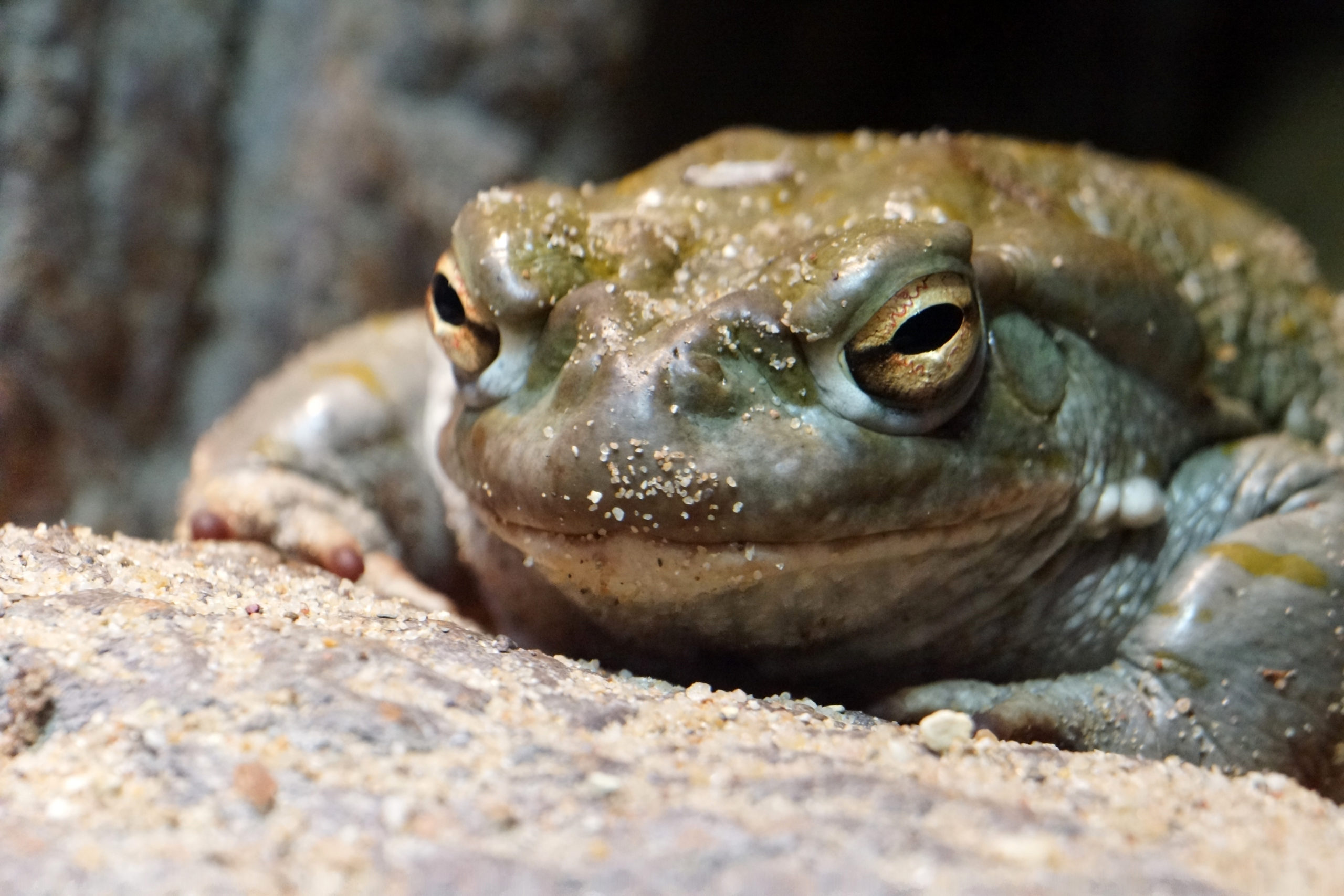
Patrick_Gijsbers/Getty Images
Kissing this toad won't bring a prince to life, but it could make you pretty uncomfortable thanks to the toxin it excretes through glands in its skin. Humans mostly don't need to worry about it, but curious pets can quickly fall victim to the poison. Dogs are known to get poisoned by toads they pick up in their mouths or otherwise bother.
